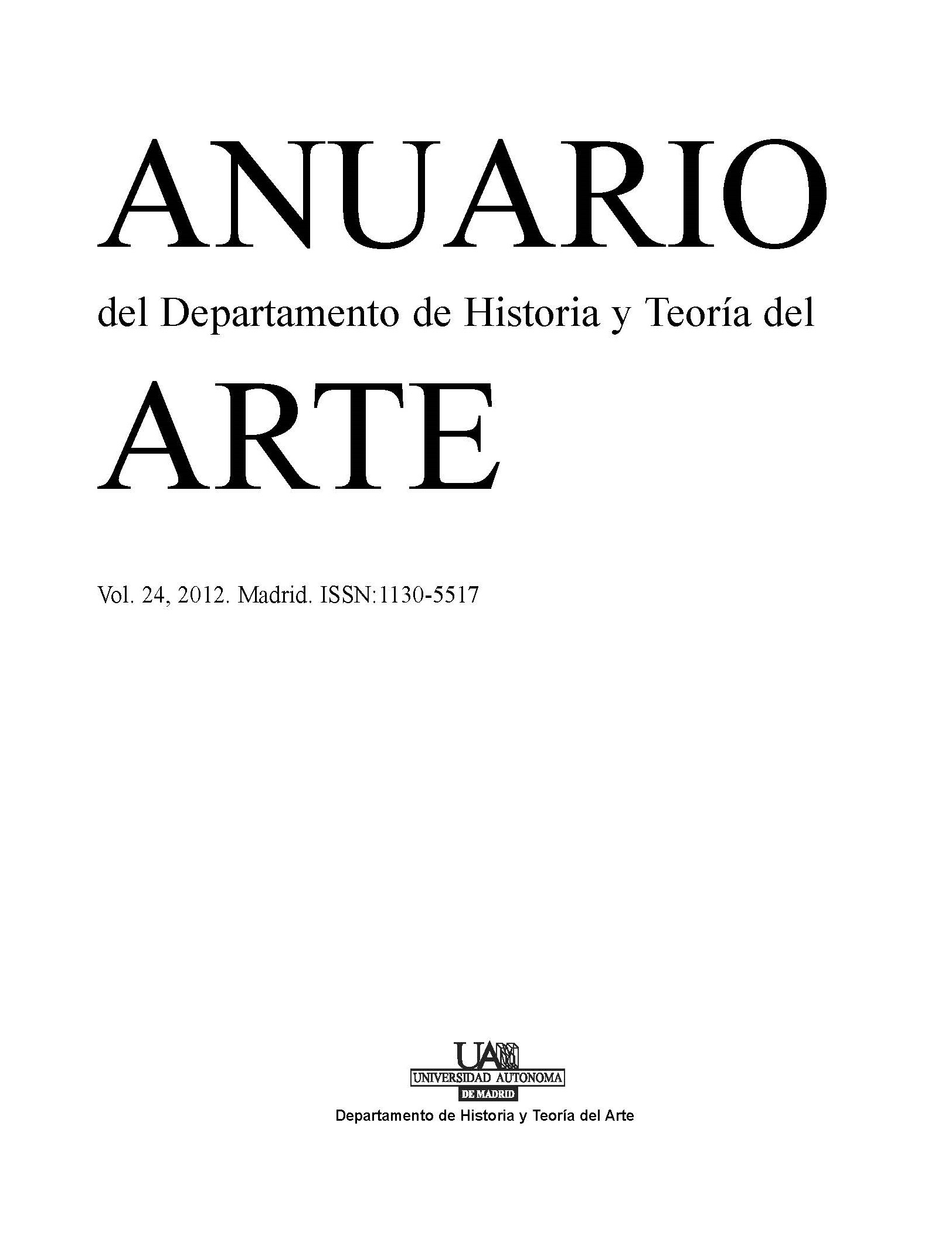The painted brick-course trompe l’oeil vaults of the church of Santiago de Peñalba and aesthetic loans in ancient monuments in 10th-century Kingdom of León
Keywords:
Spain, Pre-Romanesque, Reconquista, Mozarabic, Brick, Vault, Mural paintingCopyright (c) 2015 Anuario del Departamento de Historia y Teoría del Arte

This work is licensed under a Creative Commons Attribution 4.0 International License.
Abstract
This article analyzes the background and meaning of the brick-course trompe l’oeil painted on the vaults of Santiago de Peñalba (El Bierzo, León, Spain), one of the most emblematic Pre-Romanesque buildings in the Kingdom of León. Though these paintings have been interepreted within the context of the islamic influence, this study focuses rather on an aesthetic borrowing of the legacy of the Antiquity, also to be found there. It is possible to observe that this reference to the architecture of the past coexist perfectly with the new architectural and visual tendencies, including those from Islamic Spain. This eclecticism seems to be reflecting the general attitude of the architecture of the rising Kingdom of León, of which the most important constructions were usually settled on precedent buildings. Through the example found in Peñalba, it is possible to rethink the architecture and visual sense of 10th Century Kingdom of León, beyond the long-disputed problem of terms such as “mozarabic” or “de Repoblación”.
